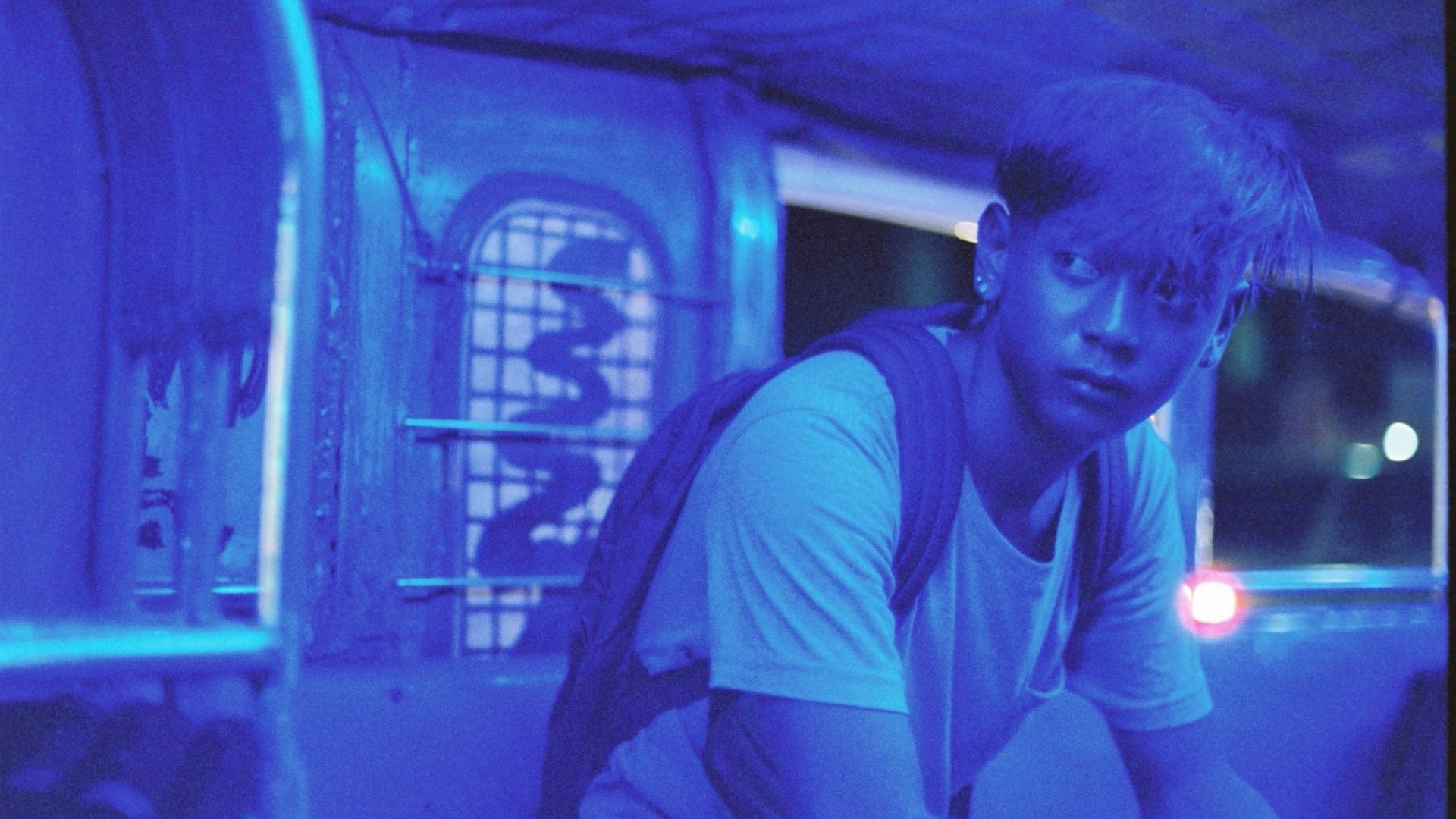Anya Taylor-Joy, a brilliant actress and notable clothes person, is dazzling as Sandie, whose style inspires Ellie’s own designs. Her enemy turns out to be the entire world of men. One man in Ellie’s present-day real life who’s causing Ellie trouble is a nameless chap played by Terrence Stamp. When Ellie comes to believe she’s caught up in a dream-world restaging of a real-life murder, she draws dire conclusions.
It would be reductive to call this Wright’s “Me Too” movie, but in some respects that’s not an inapt way of putting it. Of course it nods to other female-centered horror pics such as “Repulsion” and “Drag Me To Hell.” Aside from its suspense, I found a real emotional undercurrent in the movie, perhaps attached to my own infatuation with Swinging London, which I watched from a great distance as an ultra-callow ultra-youth. (I was, seven.) The film brought me to tears a couple of times near the end, partially due to its use of a classic Cilla Black song. Maybe there’s something in the water out here in Venice, I don’t know. But I fell hard for “Last Night in Soho.” It’s an estimable, genuine horror movie that also manages to say something real—without trying to “elevate” the genre. The genre, as Wright well knows, can be good enough as it is and has been.
Speaking of, um, genre, earlier this week I caught “Inferno Rosso: Joe D’Amato sulla via dell’eccesso,” which translates loosely as “Red Inferno: Joe D’Amato on the Road of Excess,” which is a knotty title for a short film about a knotty filmmaker. D’Amato is a vexing, hell, you could even say divisive figure among connoisseurs of Psychotronic and/or extreme (we could even call it aberrant) cinema. Born Aristide Massaccesi in 1936, D’Amato died in 1999 at age 62 with almost 200 directorial credits. Aristide, as his friends, relatives and collaborators refer to him throughout this picture, had lofty beginnings. He apprenticed with Renoir and De Sica. He was apparently one of those characters who was happiest with a camera in hand. This inclination led him to some unusual choices with respect to what he was filming, especially once he started his own production company and began to chase niche markets. D’Amato movies include sex-tourism stuff laced with perversion and gore—with Indonesian-Dutch actress Laura Gemser in the title role, he made several notorious “Emanuelle with one m” movies (the Sylvia Kristel sex franchise featured an Emmanuelle with two Ms, just so you’ve got an idea of what kind of marketing you’re dealing with here) that remain consciousness-elevators (in the inverse sense of the term) to this day. Then there were “let’s outdo Lucio Fulci” horror pictures such as “Beyond the Darkness” and “Anthropophagus” (the documentary explains, helpfully, that in the scene in the latter wherein the lead whatever-he-is rips a fetus from a pregnant woman’s body and eats it, the fetus is actually a rabbit—whew). And apocalyptic genre ripoffs like “Endgame” (a microbudget “Mad Max” riff, not a Beckett adaptation). And porn. Lots and lots of porn.
The reminiscences of friends and colleagues (including great horror directors Lamberto Bava and Michele Soavi—to whom D’Amato gave his first break—and Spanish camera buff Jess Franco) are engrossing. The contributions of those making a case for D’Amato’s artistic standing, including the Cinematheque Francaise’s Jean-François Rauger and American filmmaker Eli Roth, are a mixed bag. Rauger is interesting when he talks of “Italian cinema filming its own downfall” but is on far less solid ground when speaking as if D’Amato’s career followed an overt auteurist scheme. And Roth’s enthusiasm is not quite infectious—one gets what he’s trying to convey about what’s potentially compelling in D’Amato’s work, but I think the directors, Manilo Gomarasca and Massimiano Zanin could have sought out critic Tim Lucas to buttress these points. Similarly, in treating D’Amato’s porn era, they might have gotten an interview with his frequent star, Rocco Siffredi, instead of “treating” the audience to a minutes-long montage of cropped-to-softcore, red-tinted stills from the smut. Long story short, when D’Amato’s company started to go belly-up, porn was the only thing he could churn out that guaranteed a return. D’Amato apparently disliked shooting it. In any event, though, I guess I understand why David Hasselhoff, Linda Blair, and Tisa Farrow, all of whom starred in a D’Amato production, aren’t talking heads here.
You can view the original article HERE.





























